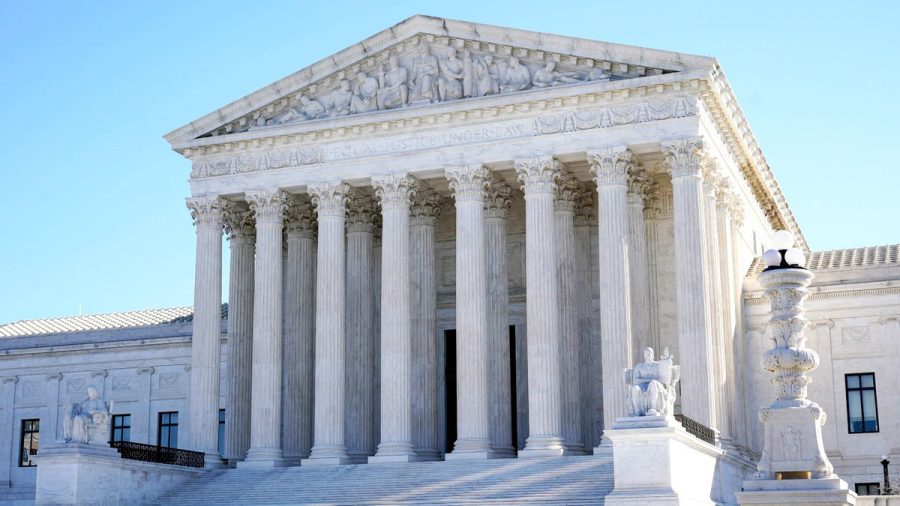Affirmative Action Must Be Upheld
On Jan. 24, the Supreme Court announced that it would hear a challenge to affirmative action with regard to two cases involving Harvard University and the University of North Carolina at Chapel Hill. These cases could determine the fate of affirmative action not only at these two institutions, but across the nation, especially considering the Supreme Court’s current conservative supermajority.
The reemergence of debate around the constitutionality of affirmative action raises the question: why is the practice still necessary for ensuring students of color have access to higher education? Moreover, these cases gives us the opportunity to reframe how we think about not only affirmative action, but also about the continuing, broader issue of diversity — or lack thereof — in higher education.
A common and intensely bigoted misconception is that affirmative action allows underqualified students of color to get into prestigious institutions on the basis of their race alone. This belief, while obviously untrue, also discredits the accomplishments of students of color and perpetuates the harmful notion that being a person of color gives you an easier chance at getting into universities. In reality, affirmative action simply seeks to give traditionally disadvantaged students a more equitable opportunity at accessing higher education.
Another common misconception is that affirmative action involves a quota for a certain number of people of a certain racial group to be accepted. In reality, the 1978 Supreme Court decision deemed a quota-based system unconstitutional. Affirmative action isn’t a single concept or policy. It can take the form of outreach campaigns, targeted recruitment, and employee and management development. Its implementation can vary greatly depending on the institution or company.
Considering the benefits of affirmative action and the history of white supremacy in higher education, it is essential that we campaign for affirmative action to remain firmly within our legal framework. For most of history, colleges and universities were composed almost entirely of white men. Many schools like UNC did not accept any students of color until they were mandated to by the Supreme Court decision on Brown v. Board of Education in 1954. There were schools like Harvard and Oberlin, that did accept students of color — albeit in small numbers — prior to the overturn of segregation. Affirmative action works to combat the legacy of white supremacy by making admission into elite, historically white institutions more accessible to people of color who have grown up facing systemic barriers.
We do not need less affirmative action. If anything, we need more, especially here at Oberlin. Despite being one of the first colleges in the country to start accepting Black students back in 1835, Oberlin today falls short in terms of its Black student population. Currently only 5 percent of Oberlin students are Black, compared to an average of 15 percent across U.S. baccalaureate institutions.
Outlawing affirmative action would likely further diminish the small proportion of Black and Brown students at small, elite liberal arts colleges like Oberlin. In the event that affirmative action is found to be unconstitutional, Oberlin, and all colleges, must take steps to recruit Black students and provide adequate aid to those who apply. Adopting a need-blind admissions process, which Oberlin currently does not employ, would help counteract the effects of affirmative action being gutted by allowing the College to accept more low-income and Black students.
Overturning affirmative action would leave colleges — even private colleges like Oberlin — with their hands tied, limiting options to cultivate the type of equitable community we want on our campus. If the Supreme Court decides that affirmative action is unconstitutional, Oberlin and other schools like it must institute other policies to protect the Black and Brown students already on campus.



